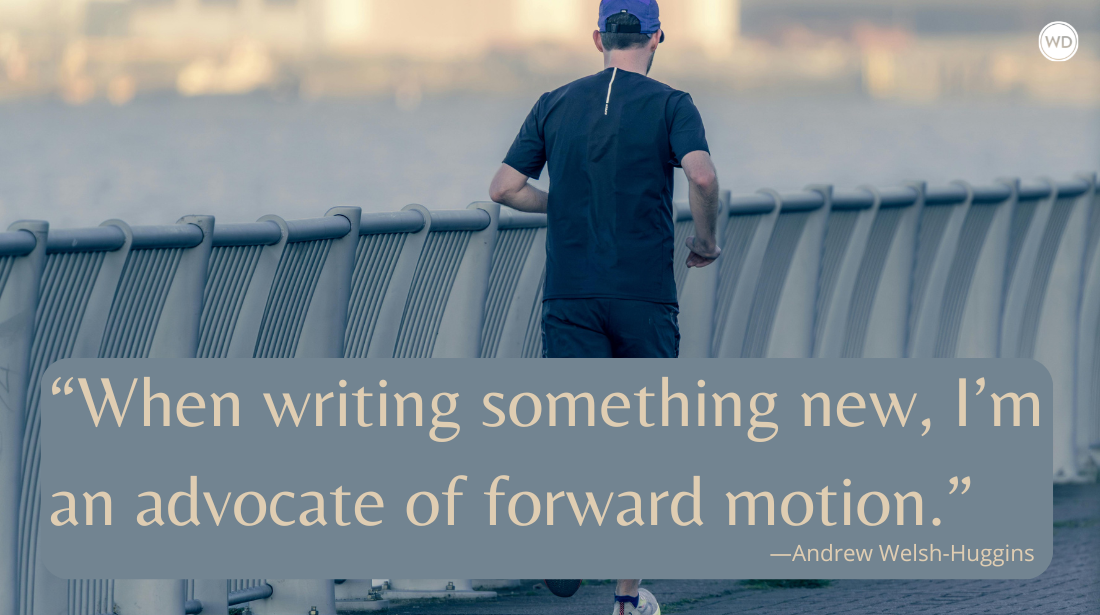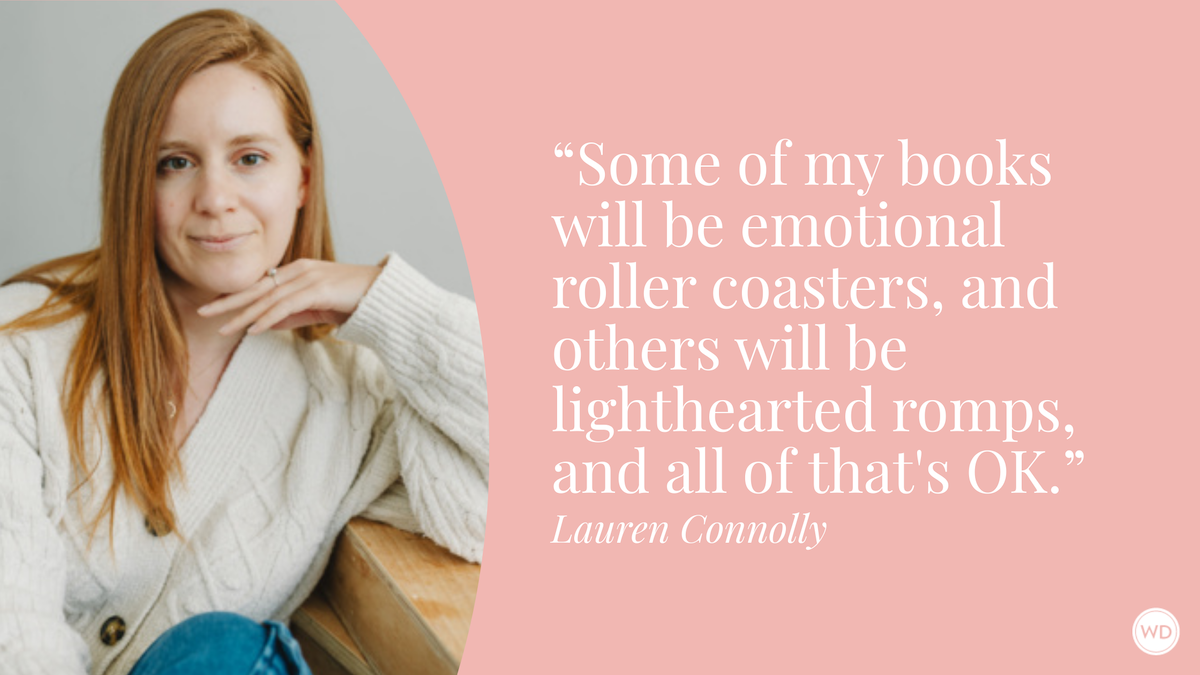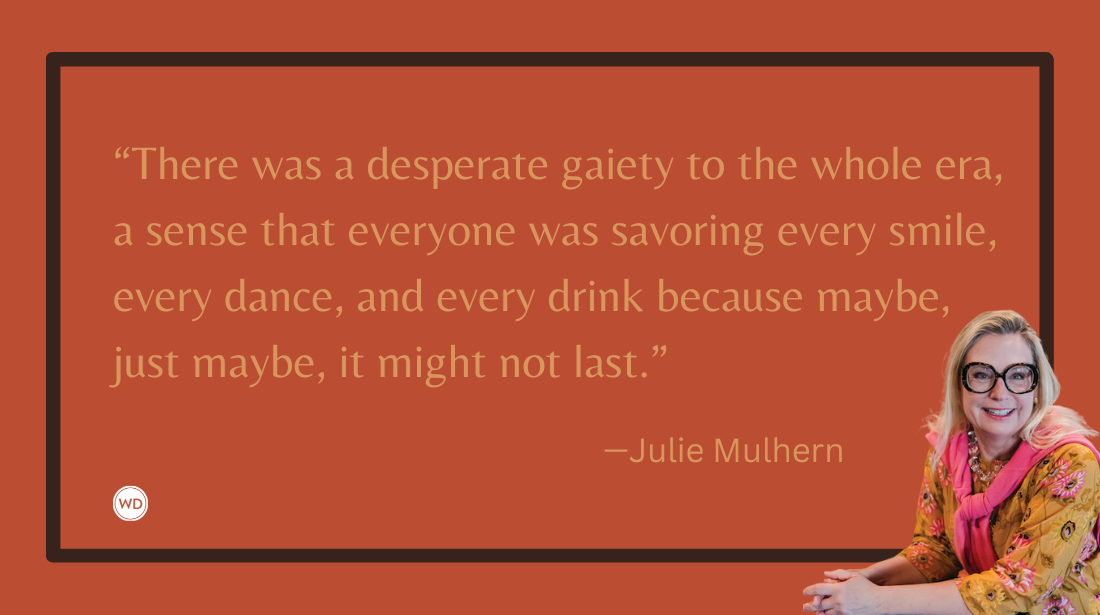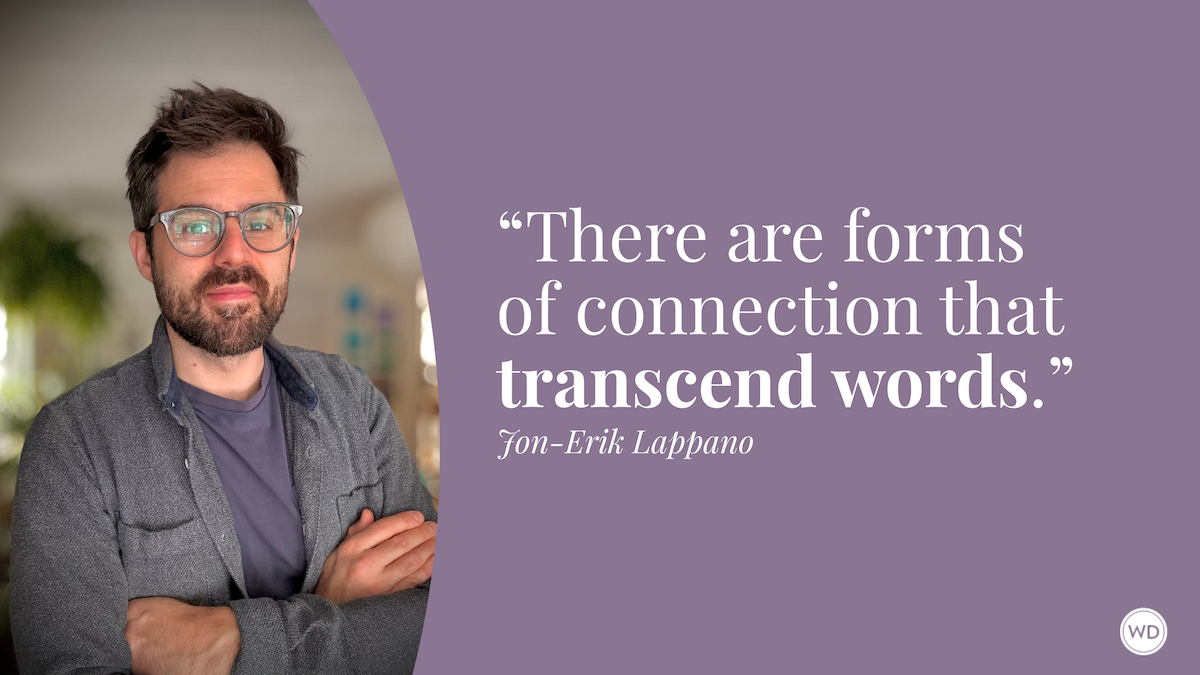Writing the Good and Bad of Childhood in Picture Books
Author Sophia Payne shares some of her experiences with racism as a child and how she works to fight against that in picture books.
When someone asks about childhood, I imagine they want to hear how we climbed trees with our friends until our parents called out that dinner was ready. That we spent our weekend popping bubbles made of washing-up liquid. Or rode around on our bikes with handlebar-tassels rustling in the wind. Doesn’t it feel like it’s meant to be a carefree time, filled with pure joy, hope, and imagination? Perhaps we might conjure up images of a favorite moment?—a snapshot that we remember fondly: that time when we used to jump from mound to mound in the park, pretending that the floor was flooded. I expect that it’s very rare for anyone look back and think ‘that’s where I learned how to feel confident.’
But in childhood lies the unfortunate truth—this precious time, with all of its wonder-filled, bubble-popping, tree-climbing adventures, is also the exact place where our confidence (or lack of) begins to take shape. There’s a reason why us adults—with all of our insecurities, fears, and mental-health issues, look to our childhoods to form an understanding of where our issues ‘came from.’ It’s why our childhood is usually the first thing a psychiatrist will ask about.
At the time, I didn’t perhaps realize the extent of how the racist comments were shaping me: a scared, little 8-year-old being told ‘get back on your banana boat.’ I knew these words hurt. I knew I was scared to step out of our house in case these neighbors saw me (they could never pass me by silently—it was always an opportunity for them to mumble insults). But I never noticed how this fear turned slowly into shame, which grew and grew until I hid anything and everything about me that was even remotely Guyanese.
Today—as someone who has struggled with mental health issues for years but worked hard to find a healthier way forward—I can finally piece together all the broken bits of my own childhood and understand where things could have been done differently. I have experienced first-hand what it was like to be ashamed of my culture, to feel like the odd one out because everywhere around me were visions and stories about children, families, lives that didn’t look like mine. I turned my back on my Indo-Caribbean culture because the shame of it far outweighed any pride I might have felt—in fact, I can only remember one moment in my childhood where I felt proud of our South American background (and the food that went along with this). This was at a school fete one year—when Hawaiian-shirt-wearing-me saw the long queue for the cups of tropical fruits at my mum’s stall—How proud I felt to be ‘tropical.’ Understandably, this single moment didn’t counterbalance all the years of being called ‘Paki.’
In The Beautiful Layers of Me, Ameena’s journey is about her learning to take pride in wearing her salwar kameez after her confidence is shaken by an innocent comment from the little girl next door. And of course, being able to take pride in our clothing is a gentle nod towards a much bigger picture: being proud of our culture in whole, and everything that comes with it. The clothing, the music, the food, the language. Piece by piece, step by step, this is exactly how confidence is grown. You can’t just simply tell a child to be confident. It's something we need to see and feel. Confidence should be subtly nurtured over time, growing and strengthening the more we find our place in the world.
In writing this story it was important to me that children recognize themselves in it—whether it be by the setting, the clothing, the food, or perhaps the family. It might just be a line or two in the text that really resonates deeply, or a small detail in the gorgeous illustrations by Ruchi Mhasane that make you think ‘that’s just like me!’—I believe that being able to relate to the world around you is one of the first steps to discovering pride. But I also wanted that moment of worry—an authentic snapshot that recognizes that childhood isn’t all rainbows and pom-poms! And this is of course why children’s literature plays such an important role in shaping us. Books aren’t just a fantasy world where we can all escape. They also provide comfort in this world—the real one.
The Beautiful Layers of Me was always intended to be the comforting hug that tells you ‘It’s OK’—being mixed-race is something to be proud of. It is much more than simply a picture book for young readers. This story is a gentle reminder that childhood isn’t just about climbing trees and riding bikes with handlebar-tassels. It’s about nurturing strength and resilience, pride and confidence, connection and happiness. It is also about being kind and understanding towards a culture that might feel different to our own. I believe that the importance of childhood is how we handle these scary moments—such as when someone makes a comment that hurts us (intentionally or not). Ruchi has perfectly captured the hurt and worry that Ameena feels in these heartfelt illustrations, but I hope that the strongest message is how Ameena learns to find her confidence and resilience.
Of course, let’s not forget that no one can control what other people say or do. We do not live in a perfect world where everyone only shows kindness. All we can do is focus on how best to respond to those negatives and model this response for our children. I truly believe in the importance of these childhood experiences, just like in Ameena’s journey, and hope that together we can nurture stronger, more confident, accepting, and proud children.
Check out Sophia Payne's The Beautiful Layers of Me here:
(WD uses affiliate links)









